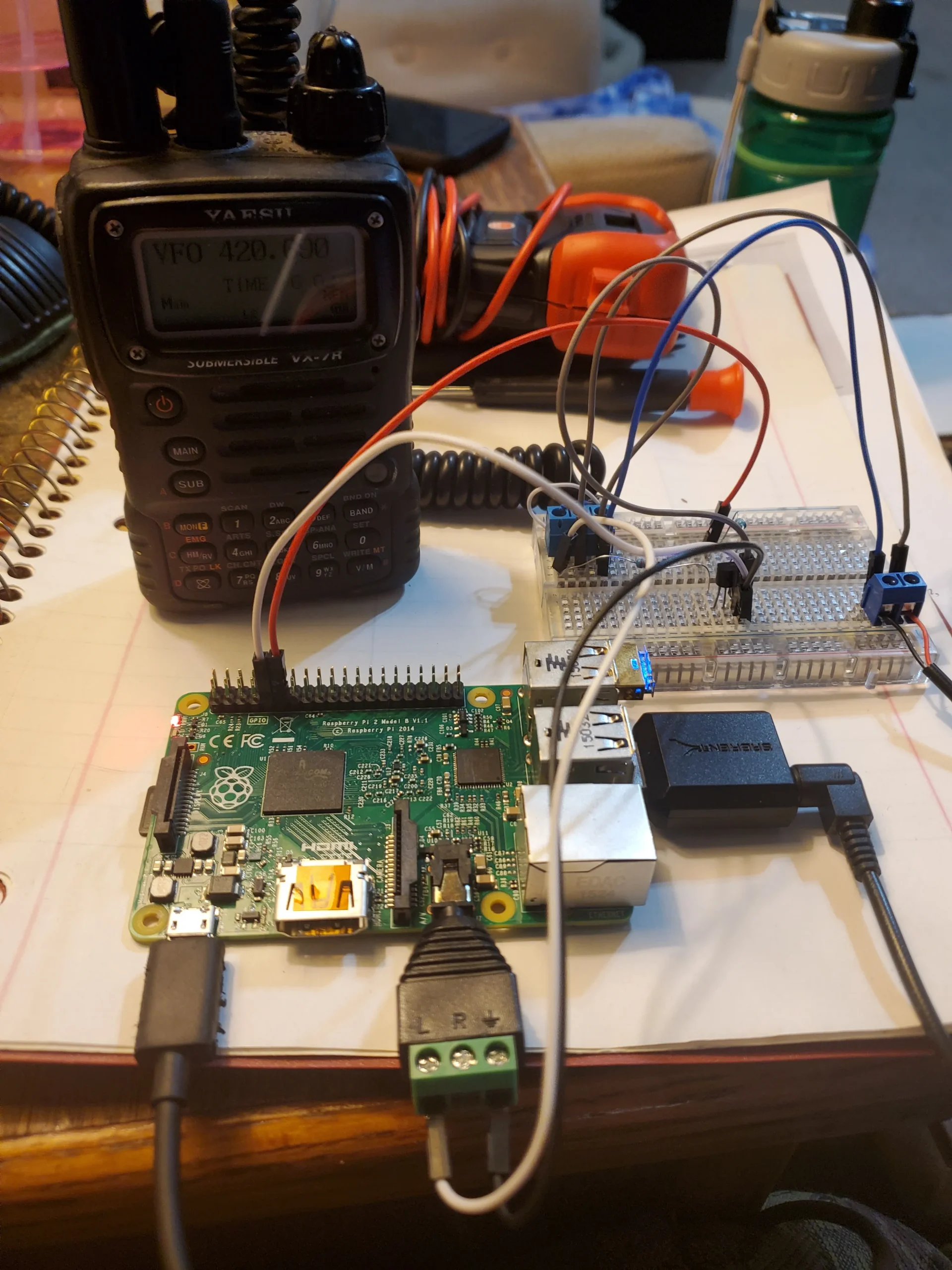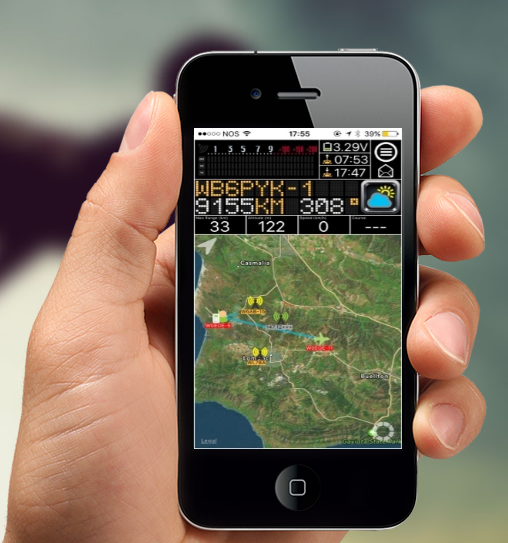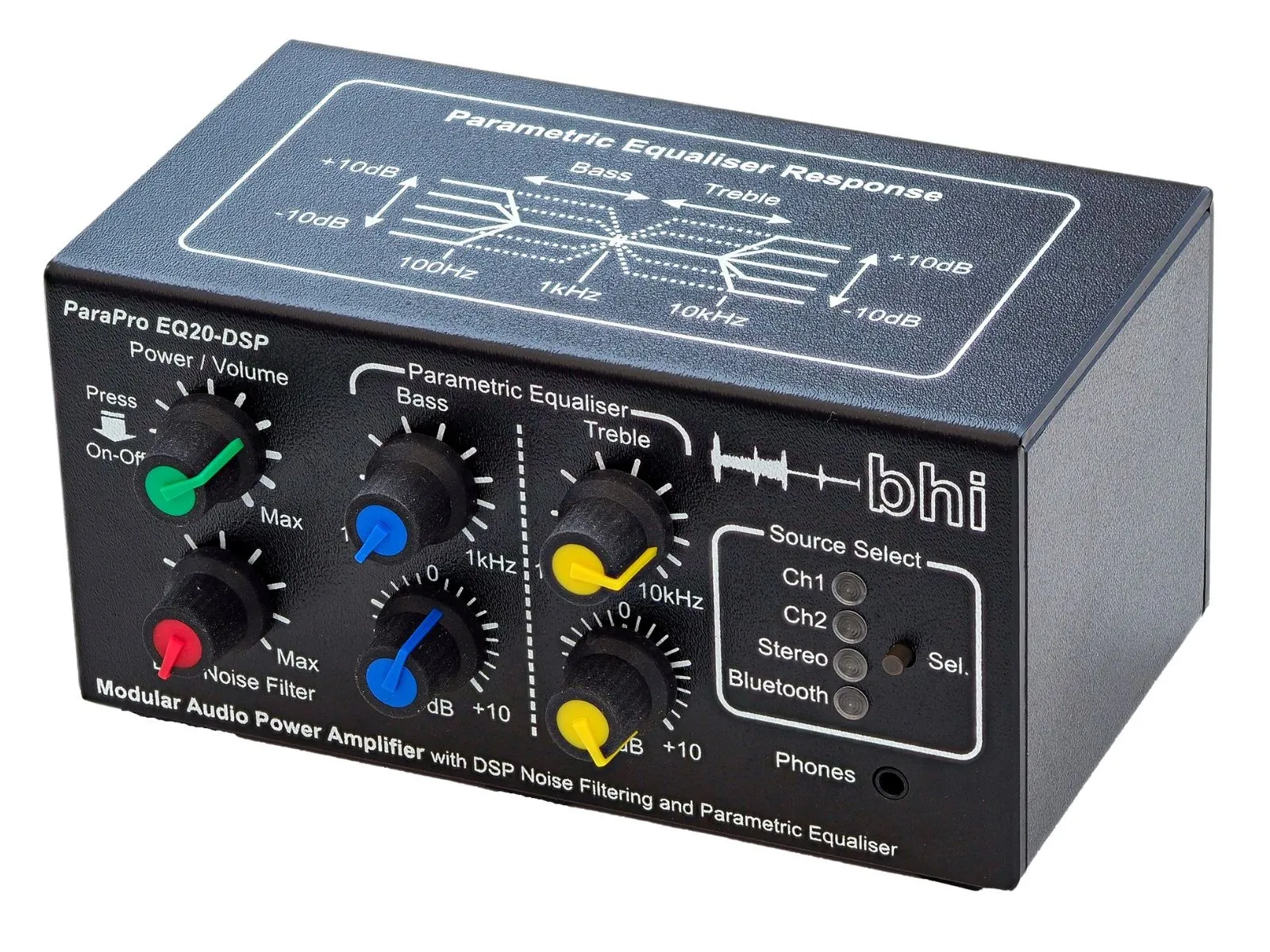amateur radio
ham radio
radio amatur
raspberry pi
amateur radio automation, dtmf control, ham radio, ham radio bot, ham radio experiment, ham radio python, ham radio scripting, ham radio voice control, hambone github, hamlib raspberry pi, openweathermap ham radio, radio parrot repeater, Raspberry Pi ham radio, voice bot radio, yaesu vx-7r project
9M2PJU
0 Comments
Turn Your Raspberry Pi Into a Ham Radio Bot with Hambone
Have you ever wanted to bring some automation or fun to your ham radio setup? Meet Hambone — a lightweight Python bot designed to run on a Raspberry Pi and controlled entirely through DTMF tones over RF. Whether you’re experimenting with digital modes or just looking to add a bit of personality to your shack, Hambone offers a creative way to control radio functions remotely.
🧠 What is Hambone?
Hambone is like an IRC bot for your ham radio — except instead of text commands, you use DTMF tones. You send a code (or PIN) over the air, and Hambone will respond with a voice message, weather update, random numbers, or even an echo test. It’s especially fun to use with radios that support DTMF like the Yaesu VX-7R.
Built for voice experimentation, Hambone can read out the time, date, or local weather. It can even be configured to act like a quirky number station or a parrot repeater. All you need is a Raspberry Pi, a basic audio/PTT interface, and your radio.
🛠️ Features at a Glance
- ✅ DTMF command recognition
- 🔊 Voice playback via your radio
- 🌦️ Weather reports using OpenWeatherMap
- 🕓 Time and date readouts
- 🎙️ Parrot (echo) test
- 📻 Custom audio playback
- 🧪 Designed for Raspberry Pi and Yaesu VX-7R
- 🧩 Easily extendable with custom Python modules
⚙️ How It Works
Hambone listens continuously for incoming audio from your radio. When you transmit a DTMF tone sequence (like 8463 for “TIME”), Hambone detects it, interprets the command, and triggers a module to respond.
The response might be a synthesized voice speaking the current time, or it could play an MP3 audio clip over the air using your Pi’s sound card and a simple GPIO-controlled PTT.
You can clear previous input with *#, or enter a new command at any time. It feels like a real bot conversation — just over radio waves.
📋 Common DTMF Commands
| Command | PIN | Function |
|---|---|---|
123 | TEST | Connection test |
3246 | PARROT | Echo your voice |
8463 | TIME | Reads current time |
3283 | DATE | Speaks today’s date |
99 | WX | Weather update |
### | RNG | Plays random numbers |
*# | CLR | Clear last command |
You can also play pre-recorded audio or add your own custom modules with a little Python knowledge.
🔌 What You’ll Need
To set up Hambone, you’ll need:
- A Raspberry Pi (any modern model will work)
- Python 3 and some dependencies (like
pyaudio,gTTS,espeak-ng,numpy, etc.) - A sound card or USB audio adapter (CM108/CM1xx recommended)
- An interface cable between your Pi and radio with PTT control (schematics included in the repo)
- A ham radio like the Yaesu VX-7R with DTMF support
Once it’s wired up, you can transmit commands from your handheld or base station and hear Hambone speak back — no keyboard required.
🧰 Developer-Friendly and Modular
Hambone is cleanly structured with a modules/ directory that makes adding new features easy. Want it to tell jokes? Quote APRS packets? Play SSTV clips? It’s all possible. Just drop in a Python script and connect it to a new DTMF command.
If you’re more advanced, Hambone even supports USB audio devices with GPIO pins, letting you avoid using the Pi’s native GPIO.
🧪 For Experimenters and Hobbyists
This isn’t a polished product — it’s a playground for ham radio tinkerers. The code is MIT licensed, actively developed by hobbyist @notpike, and available on GitHub:
🔗 https://github.com/notpike/Hambone
🎯 Final Thoughts
Hambone blends ham radio tradition with modern computing in a refreshingly simple way. It’s not just about automation — it’s about having fun, learning Python, and breathing life into old hardware.







Post Comment